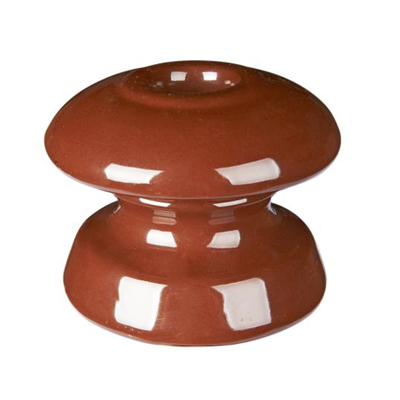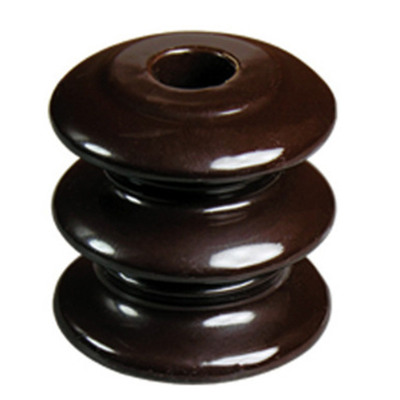The demand for higher quality car hands-free voice systems is growing. Many governments have passed or are considering legislation to prohibit the use of handheld mobile phones during driving. In addition, automakers are responding to consumer demand for higher performance in-vehicle communications and audio systems. However, mobile vehicles have created an unfavorable environment for mobile voice communication technology. In particular, echoes and very noisy roads are coupled to car noise, reducing the sound quality of the call. To improve the performance of the hands-free car kit, designers must find a solution that eliminates echo, reduces background noise, and enhances intercom performance through full-duplex operation.
Hands-free communication requirements
Early hands-free car kit solutions were only available in limited markets. The main reason is that many of the hands-free car kits currently on the market use the technology originally developed for speakerphones and cannot support high-quality voice communication. The voice quality of these hands-free car kits is much worse than cellular voice calls. In general, in this type of hands-free car kit design, the need for low cost outweighs the performance requirements. For example, a low-end car kit will only support half-duplex operation, which means that only one person can speak at a time. However, this situation is changing. With the implementation of government legislation around the world, drivers who want to communicate in a mobile vehicle will have to install a hands-free car kit. In this way, consumers will need better performance hands-free communication technology.
Although Bluetooth headsets have caused some storms in the hands-free communications market, the hands-free car kit offers some of the more important features and better security. The high-performance car hands-free kit will provide better voice quality than the Bluetooth headset solution. In terms of security and ease of use, hands-free car kit users can take calls with little or no action. In contrast, using a Bluetooth headset requires looking for the headset and placing it in the correct position to answer the call.
Acoustic echo source
In the car, there are two acoustic echo sources—the direct acoustic coupling between the speaker and the microphone, causing the voice signal to reverberate in the cabin. Acoustic echoes are primarily derived from direct acoustic coupling, which occurs when the microphone picks up a speech signal directly from the speaker. This situation usually becomes larger in the interior environment because the volume of the hands-free car kit is set higher to overcome noise from the engine and the road surface.
The second source of acoustic echo is indirect coupling or cabin reflection. The audio signal is reflected on various surfaces in the car. The intensity of the echo depends on the type of material used in the car. The harder the surface, the more audio it reflects, and the softer the surface, the more echo it absorbs. For example, a car seat will absorb more echoes, while a car window will reflect more echoes. Further complicating is that the echo caused by the reflection inside the car is also delayed. The amount of echo delay will vary with the size of the car and the materials used. Figure 1 shows direct acoustic coupling and cabin reflection echo.
Noise source
Whether it is generated by the vehicle or generated by the environment, it is a big challenge for the hands-free car kit to successfully eliminate them. It is important to note that the magnitude of these noises is constantly changing. The most important noise sources in the car include:
Engine Noise Engine noise generated during vehicle operation can degrade the voice quality performance of a communication system. The engine noise reaches its peak level when the car accelerates, which is even more pronounced during the rapid acceleration of the sports car.
Road noise The friction between the tire and the road surface produces noise. The intensity of the noise depends on the tire tread, the pavement material, and the season. For example, summer tires are quieter than winter tires, and asphalt roads are quieter than concrete roads.
Wind noise Air flows through the car and hits a protruding part, such as a rear view mirror or a roof rack, or winds up when driving. Wind noise varies from vehicle to vehicle. For example, a sleek sports car is less windy than an SUV. Wind noise is also limited by the amount of sound insulation installed by the car manufacturer. High-end luxury cars have better sound insulation than smaller cars with lower cost. In addition, driving through the window will cause a large pressure difference between the inside and outside of the vehicle body.
Noise suppression algorithms can be used to reduce the effects of wind noise, road noise, and engine noise on the sound quality of a communication system. For wind noise with high sound pressure, for example, when the vehicle speed exceeds 100 km/h and the window is open, the analog front end circuit will be saturated, causing the speech signal to be clipped. Signal clipping also reduces the overall performance of the echo cancellation (AEC) and total noise suppression circuitry.
There are two options for solving this problem: The first option is to design the input circuit for the worst case and set the microphone gain to the level at which the input signal will never be clipped. However, this will cause the dynamic range of the analog-to-digital converter to shrink and the signal-to-noise ratio to deteriorate, thereby deteriorating the overall performance of the AEC. Deterioration in AEC performance is acceptable in noisy environments because residual echoes are overwhelmed by background noise. However, in a quiet environment, the residual acoustic echo appears to be more pronounced, making the deteriorated performance unacceptable. For example, if the audio path is in-vehicle noise and a signal that is 30 dB higher, the designer can attenuate the input gain by 30 dB to cancel the noise. However, when the car stops and the noise source disappears, the SNR will be 30 dB higher than the actual demand. Excessive SNR will reduce the performance of acoustic echo cancellation.
Another problem set to high gain is the change in voice level during a call. When we talk, we adjust our voice level according to the noise situation. In the car, if the design is for the worst case noise condition, although good performance can be obtained when the noise inside the car is large, the performance is degraded when the noise is small.
The ideal solution is to dynamically change the microphone gain depending on the environment. If the system uses a simple analog gain controller to detect and control the microphone gain, it will be equivalent to controlling the change in the echo path and will force the AEC to reconverge.
Car noise is usually low frequency. Many hands-free car kits use high-pass filters to filter out car noise. The high-pass filter filters out most of the noise but affects the quality of the speech. To achieve high performance, the algorithm must be designed to distinguish between speech and noise signals and filter out noise from the total signal. A good noise suppression algorithm should strike a balance between filtering out noise and maintaining speech signal integrity.
To achieve the desired performance, the system designer must use Automatic Gain Control (AGC) for the microphone input signal (Sin). The AGC avoids signal clipping while maintaining a total gain setting determined by the user. Using an analog automatic control gain (controlled by the digital signal processor) on the microphone input and using an algorithm that compensates for steep echo path changes (which usually leads to reconvergence) will prevent the signal from being clipped.
This method allows the ADC to have a maximum dynamic range under a variety of environmental conditions. Allows the caller to speak in a normal voice, regardless of the noise situation inside the car.
The Shackle Insulator is made from high quality porcelain material, The Porcelain Shackle Insulator can endure high amount of temperature and current, Shackle Type Insulator usually used in low voltage distribution network.Such High Voltage Porcelain Shackle Insulator can be used either in a horizontal position or in a vertical position. Shackle insulator can be directly fixed to the pole with a bolt or to the Cross Arm .
Features
1.The tapered hole of the spool insulator distributes the load more evenly2.Minimizing the possibility of breakage when heavily loaded
3.Very reliable, with a proven track record. Over 80 years of experience
4.Easier to maintain, can be coated and washed
5.Easy to identify a damaged unit
The following shackle insulators comply with the BS standard, the glaze colour of the insulators are brown, light gray etc..
| MAIN DIMENSIONS AND STANDARD PARTICULARS | |||
| Type | ED-2(B) | ED-2(C) | |
| Main Dimensions | H | 76 | 80 |
| D | 89 | 80 | |
| d | 48 | 50 | |
| d1 | 21 | 22 | |
| R | 10 | 6 | |
| Transverse Stength,KN | 12.7 | 13.2 | |
| Power Frequence Flashover Voltage | Dry,KV | 25 | 25 |
| Wet,KV | 12 | 12 | |
| Net Weight, Each Approx., kg | 0.5 | 0.5 | |


We warmly welcome friends both domestic and abroad to visit our company, if you have any questions, please contact with us directly.
Shackle Insulator
Shackle Insulator,Shackle Type Insulator,Porcelain Shackle Insulator,High Voltage Porcelain Shackle Insulator
FUZHOU SINGREE IMP.& EXP.CO.,LTD. , https://www.cninsulators.com